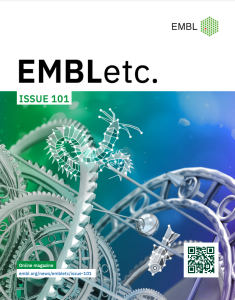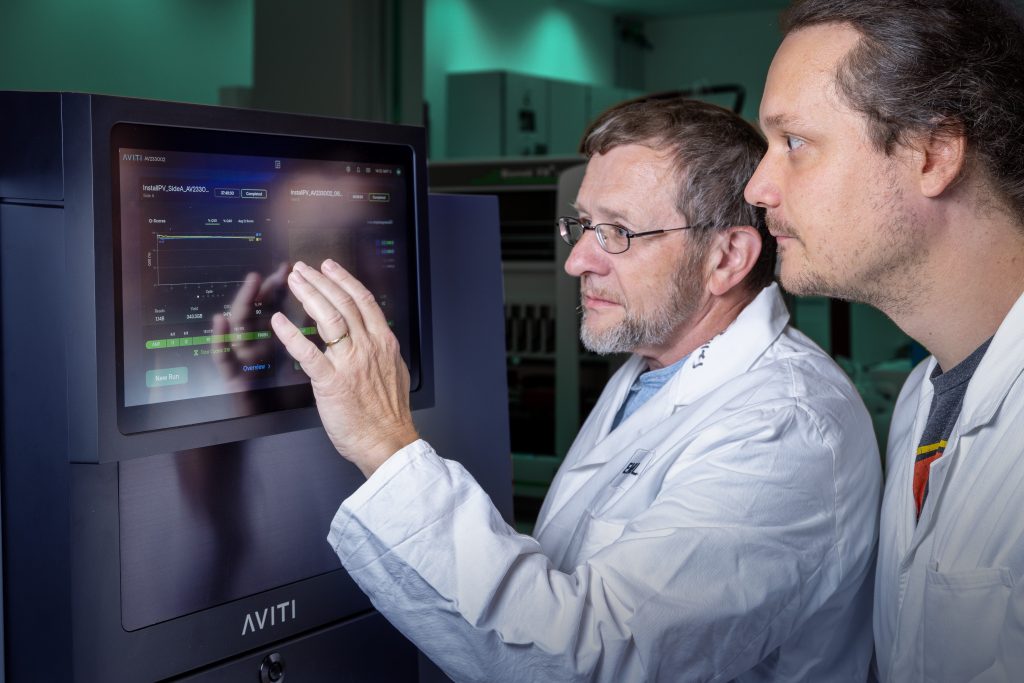19 August 2024
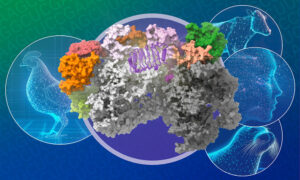
Science & Technology
A new publication from the Cusack group sheds light on how a key avian influenza virus enzyme can mutate to allow the virus to replicate in mammals.
24 May 2024
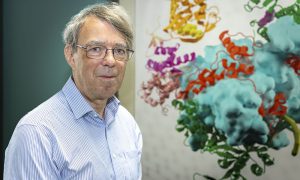
People & Perspectives
Stephen Cusack, world-renowned structural biologist and former Head of EMBL Grenoble, reflects on his early influences, his achievements, and the lessons he’s learned as he embarks on his next adventure
26 October 2023
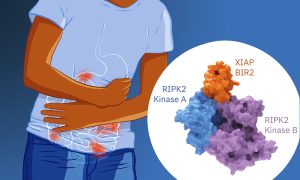
Science & Technology
Researchers from the Cusack group at EMBL Grenoble provide structural insights on the XIAP/RIPK2 complex, a promising drug target to fight inflammatory bowel diseases.
2023
sciencescience-technology
15 September 2023
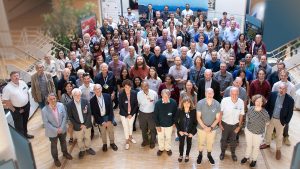
People & Perspectives
Researchers from across the globe have gathered in Grenoble to celebrate the remarkable lifelong scientific achievements of Stephen Cusack, the former head of EMBL Grenoble.
2023
eventspeople-perspectives
2 December 2021
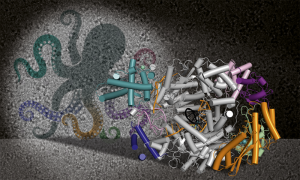
Science & Technology
EMBL structural biology is part of an international collaboration addressing zoonotic disease caused by Lassa virus.
2021
sciencescience-technology
22 July 2021
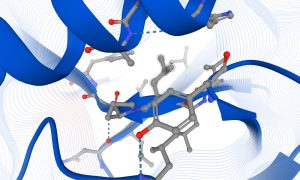
Science & Technology
A discussion of the applications that AlphaFold DB may enable and the possible impact of the resource on science and society.
2021
sciencescience-technology
17 June 2020
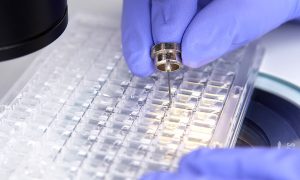
Science & Technology
While global research on coronaviruses has shed light on the function of many SARS-CoV-2 proteins, the role of some crucial components remains unknown. Researchers at EMBL Grenoble will use a range of structural biology methods to try to solve some of the puzzles of the molecular mechanics of…
2020
sciencescience-technology
29 April 2020
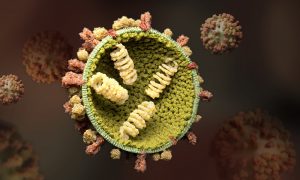
Science & Technology
The infectious disease commonly known as flu is caused by the influenza virus. It spreads around the world in seasonal outbreaks, causing millions of infections and hundreds of thousands of deaths each year. Stephen Cusack, Head of EMBL Grenoble, has been studying different aspects of the influenza…
2020
sciencescience-technology
3 June 2019
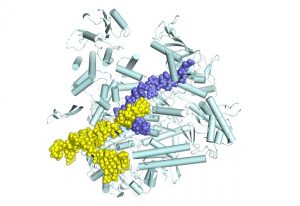
Science & Technology
Snapshots of the flu virus replication machine in action
2019
sciencescience-technology
26 June 2018
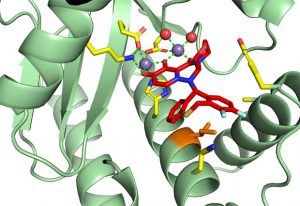
Science & Technology
EMBL scientists investigate how influenza virus responds to new drug treatment
2018
sciencescience-technology
20 December 2017
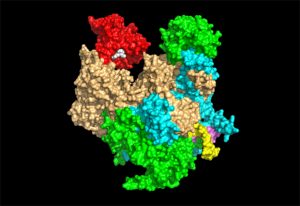
Science & Technology
ERC grantee Stephen Cusack shares his vision for the next ten years
2017
sciencescience-technology
21 December 2016
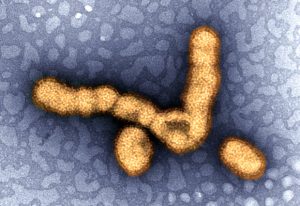
Science & Technology
Understanding how the flu virus steals host RNA offers hope of new drugs
2016
sciencescience-technology
14 December 2016
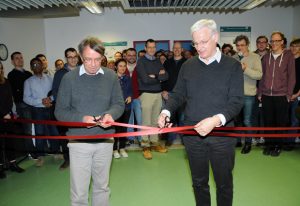
EMBL AnnouncementsLab Matters
A new crystallography platform in Grenoble opens the door to new technological developments
2016
embl-announcementslab-matters
13 September 2016
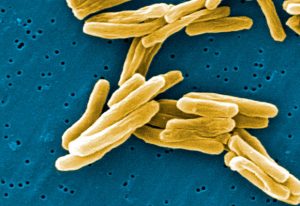
Science & Technology
EMBL researchers help to design a lead compound active against four different pathogens
2016
sciencescience-technology
13 September 2016

Lab MattersPeople & Perspectives
Stephen Cusack looks back on the early days of his collaboration with Anacor developing anti-infectives
2016
lab-matterspeople-perspectives
13 September 2016

Lab MattersPeople & Perspectives
Andrés Palencia on the design of compounds that may help fight drug-resistant TB and more
2016
lab-matterspeople-perspectives
16 June 2016
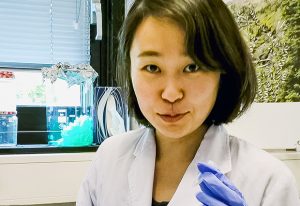
Science & Technology
Studying at EMBL in Grenoble helps Japanese postdoc see her native country through different eyes
2016
sciencescience-technology
24 August 2015
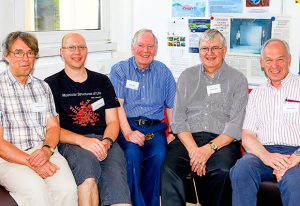
People & Perspectives
Andrew Miller, first head of EMBL Grenoble, reflects on four decades at the Outstation.
2015
alumnipeople-perspectives
24 August 2015

EMBL AnnouncementsLab Matters
EMBL scientists regularly receive prestigious awards – meet the latest honourees.
2015
embl-announcementslab-matters
18 June 2015

Staff, alumni, partners and more meet at EMBL Grenoble to celebrate Outstation's 40th anniversary.
21 May 2015
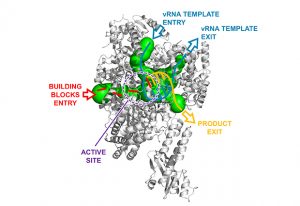
Science & Technology
Detailed structural study shows distantly related viruses share a common machinery for replication.
2015
sciencescience-technology
5 May 2015

Lab Matters
Stephen Cusack, head of EMBL Grenoble, among 47 new Royal Society fellows.
6 March 2015

Lab Matters
EMBL Grenoble celebrates 40 years with a symposium for staff, alumni and facility users on 4–5 June.
19 November 2014

Science & Technology
First complete picture of flu virus polymerase. A story of two decades of blood, sweat and sneezes.
2014
sciencescience-technology
20 August 2014
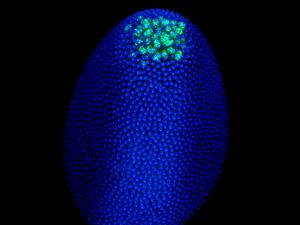
Science & Technology
Vasa protein preserves pieces of 'enemy' DNA to help protect the genes of future generations.
2014
sciencescience-technology
1 July 2014
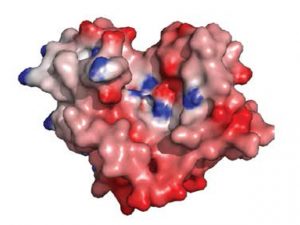
Science & Technology
Surprising protein from a flu-like virus is 10 000th ESRF structure
2014
sciencescience-technology
13 October 2011
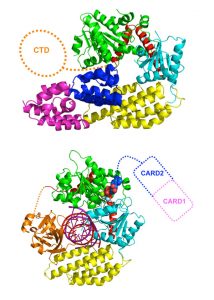
Science & Technology
When a thief breaks into a bank vault, sensors are activated and the alarm is raised. Cells have their own early-warning system for intruders, and scientists at the European Molecular Biology Laboratory (EMBL) in Grenoble, France, have discovered how a particular protein sounds that alarm when it…
2011
sciencescience-technology
26 June 2009
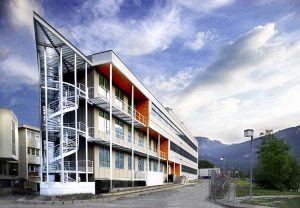
Lab Matters
On June 26 2009 the joint international Unit for Virus and Host Cell Interactions (Unité Mixte Internationale) was formally established in Grenoble. The unit is run jointly by CNRS, the Grenoble outstation of the European Molecular Biology Laboratory (EMBL) and the Grenoble University Joseph…
No matching posts found




























